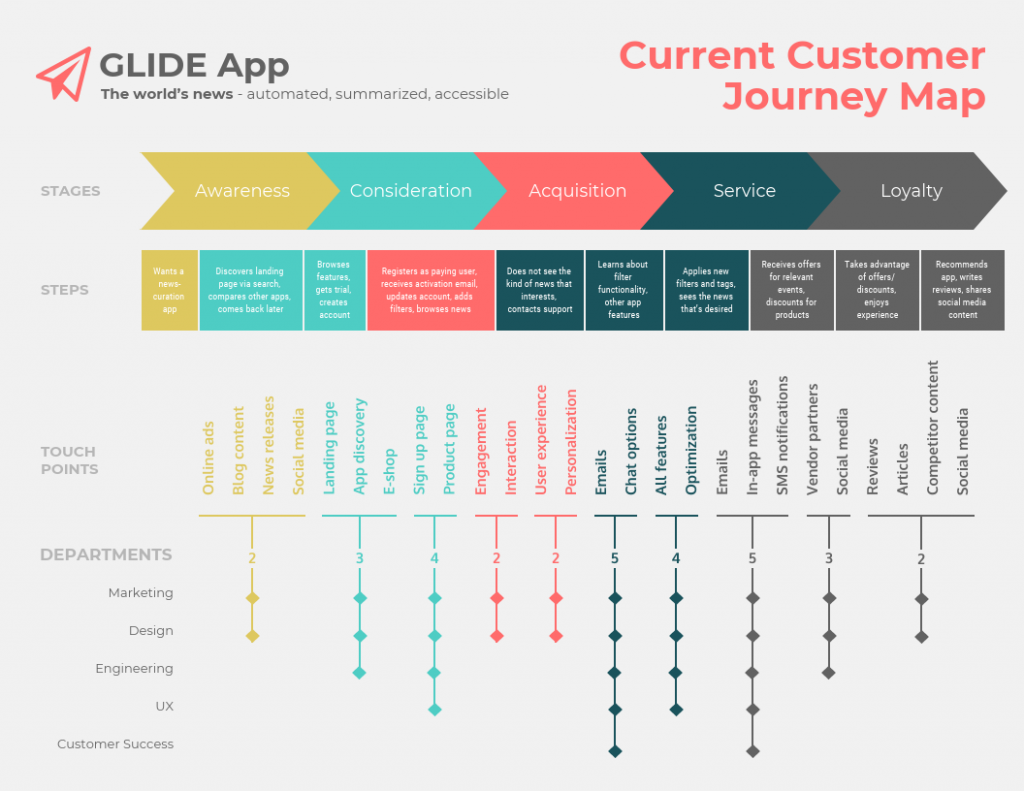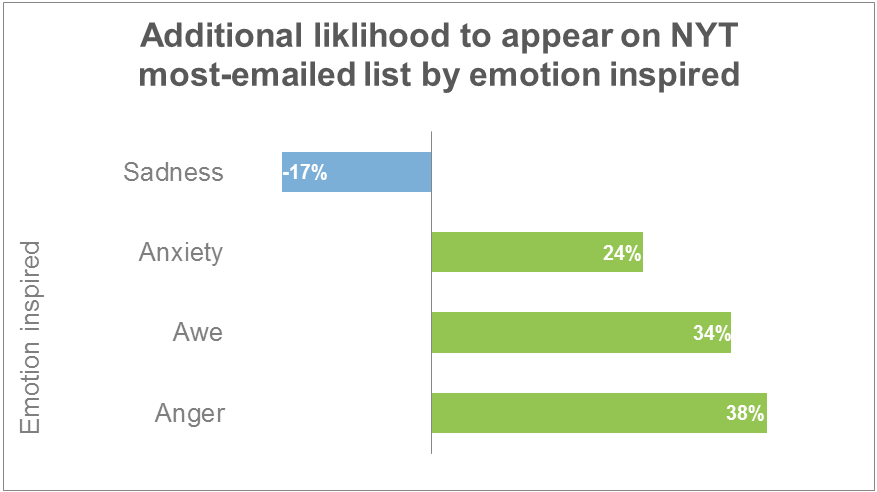The events of 2020 have shown us just how important empathetic marketing is for businesses both large and small. The world has changed and businesses need to adapt to the new needs of their customers if they want to grow. The best way to do that is through empathy.
What is empathetic marketing?
Empathy is the ability to see events and situations from another’s perspective — to put yourself in their shoes. For brands, empathetic marketing is about seeing the world through the user’s point of view. It helps you place the customer at the center of your marketing strategy and work outwards.
But it’s important to remember that being empathetic also means being genuine — you can’t create emotional marketing campaigns for the sole purpose of manipulating customers.
Empathy is believable when it creates authentic connections between brands and users. You have to build trust and organic relationships throughout the customer journey.

Yes, increasing conversion rates is the ultimate goal of every marketing campaign, but brands need to change their mindset about how to achieve those conversions.
If your marketing strategy is focused on the hard-sell approach, it’s time to rethink your campaigns for 2021.
Why is empathy important in marketing?
We’ve outlined how empathy works in marketing, but there are numerous reasons why it’s important, especially in 2021 and beyond.
Emotion and connection are more necessary now than ever before. The way we live and work has changed in ways we couldn’t have imagined. “Business as usual” is a thing of the past, because a lot of emotion is being generated about the future — and these emotions impact how consumers react to marketing campaigns.
The range of human emotion is massive, from positive emotions like joy, interest, and amazement, to the more negative, such as fear, anger, or sadness (anger, especially, can be a powerful motivator for sharing content). Campaigns need to be geared towards evoking and connecting with these real emotions.

While brands still want to sell products and services and bring in revenue, the way they move users through the funnel has to change. And this approach needs to be from the ground up.
Adapt your content marketing, re-examine the customer journey, and educate your employees about the benefits of evoking emotion across marketing channels.
How to use empathy in marketing
Brand marketing has been on one trajectory for a long time: sell products and amplify your brand image by emphasizing the characteristics of your company.
This mindset is ingrained in us, which makes it difficult to understand how to use empathy in marketing. But the world of marketing has had to adapt before, and we can do it again. Here are the best ways to switch to an empathetic marketing mindset.
